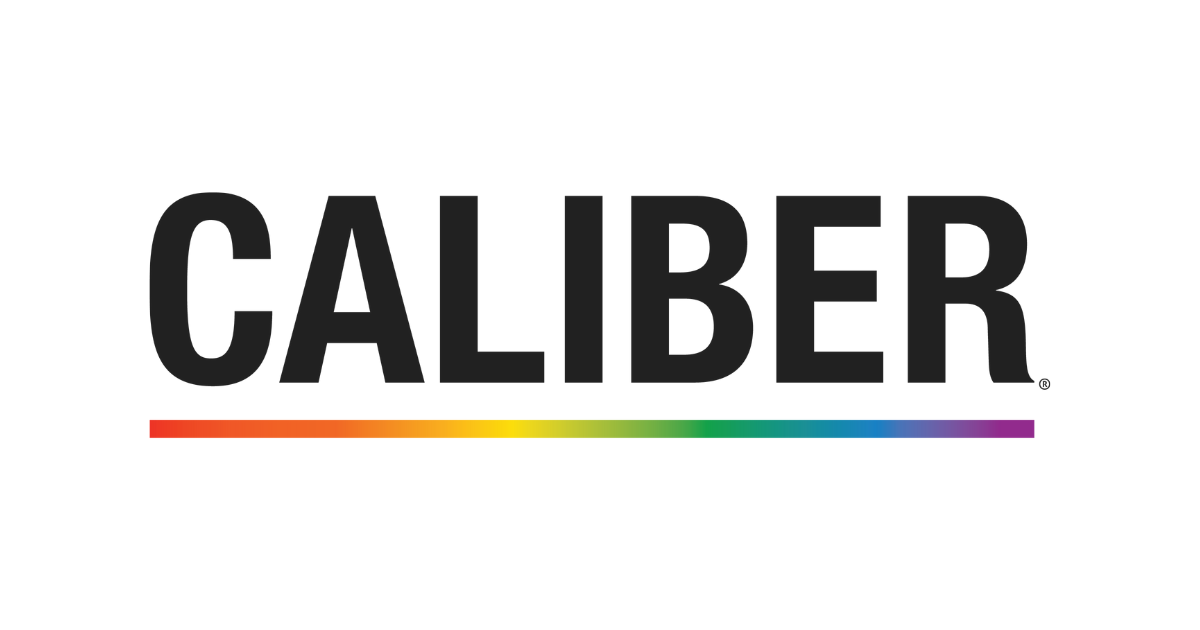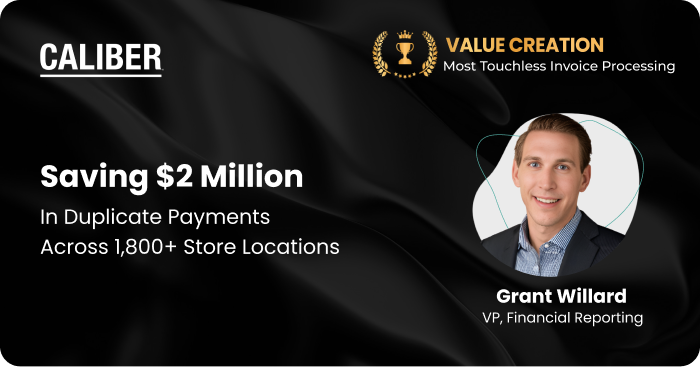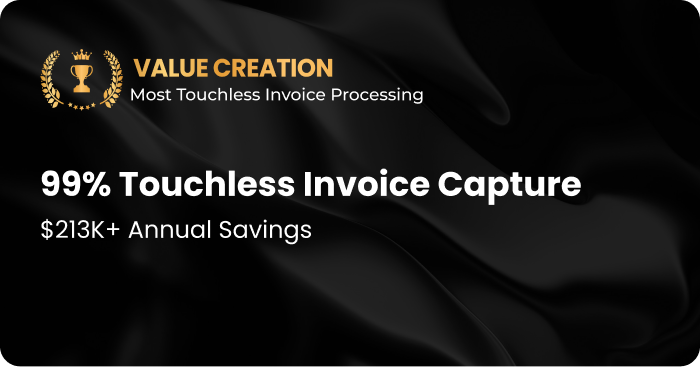Automated Invoice Management System for Enterprises
Smarter Invoice Management = Faster Payments
- Automate invoice capture and validation for error-free processing.
- Speed up approvals and payments with rule-based workflows.
- Leverage real-time insights for smarter decision making.
Trusted by 1100+ Global Businesses

See how AI can build 95% accurate cash forecast
Just complete the form below

















